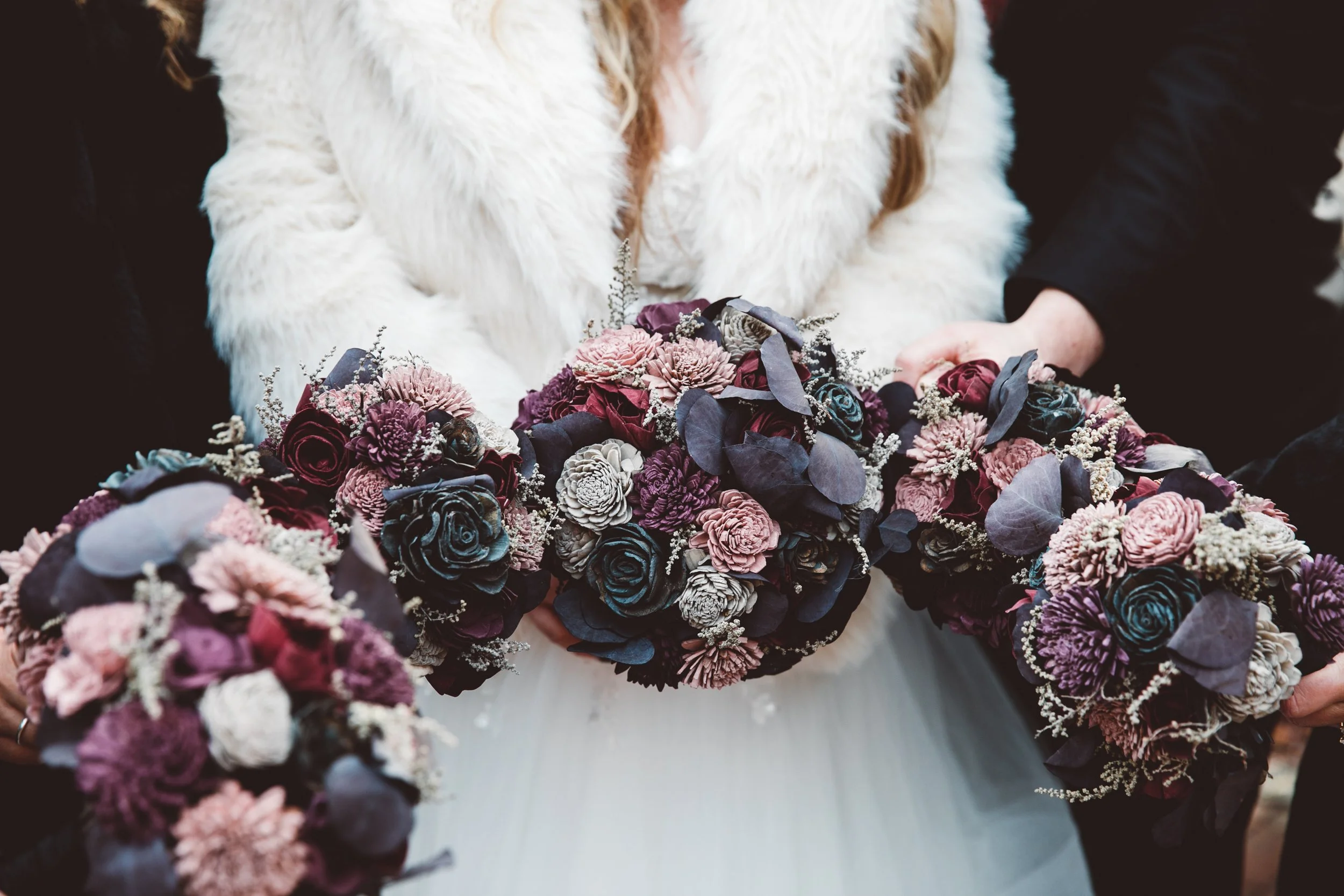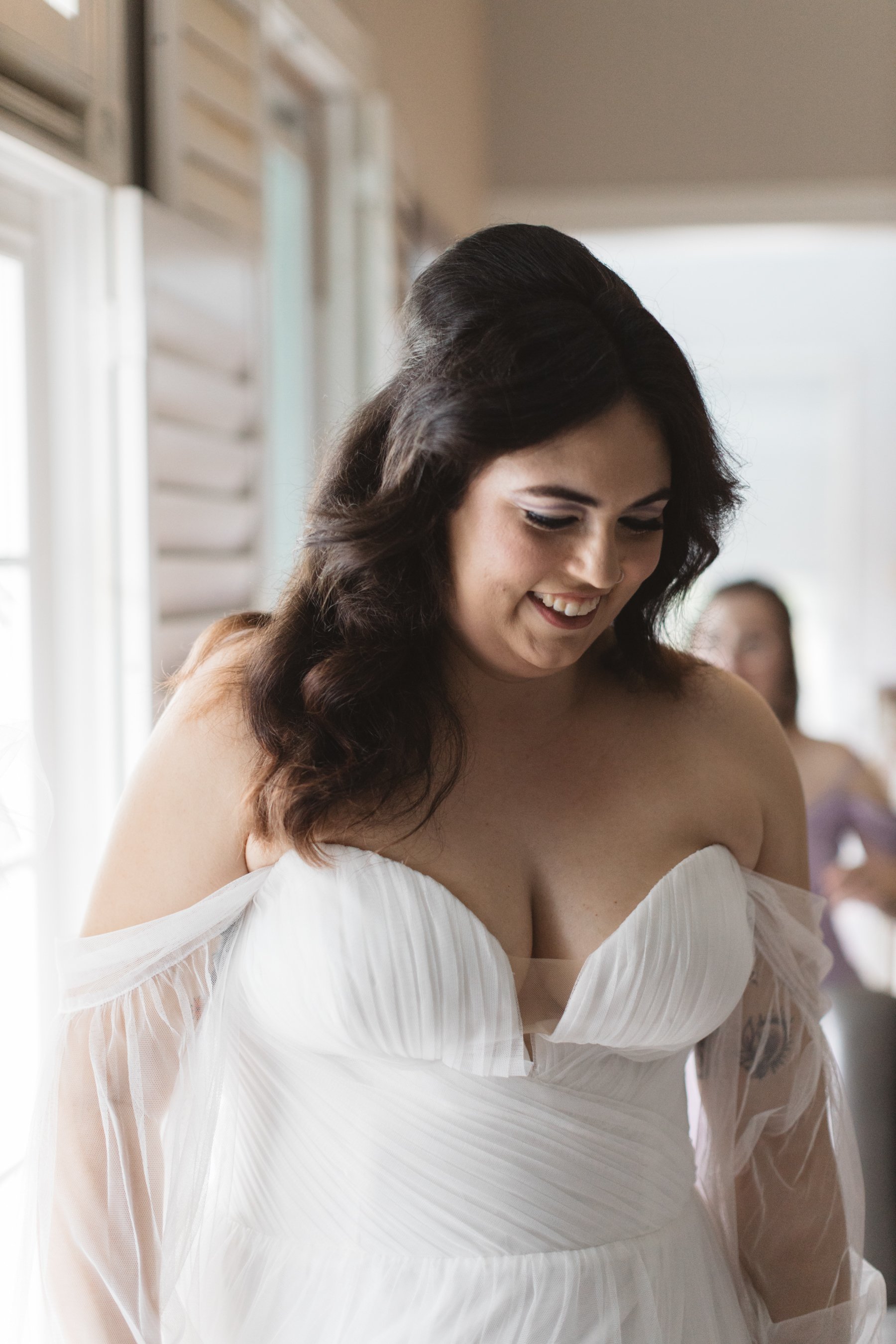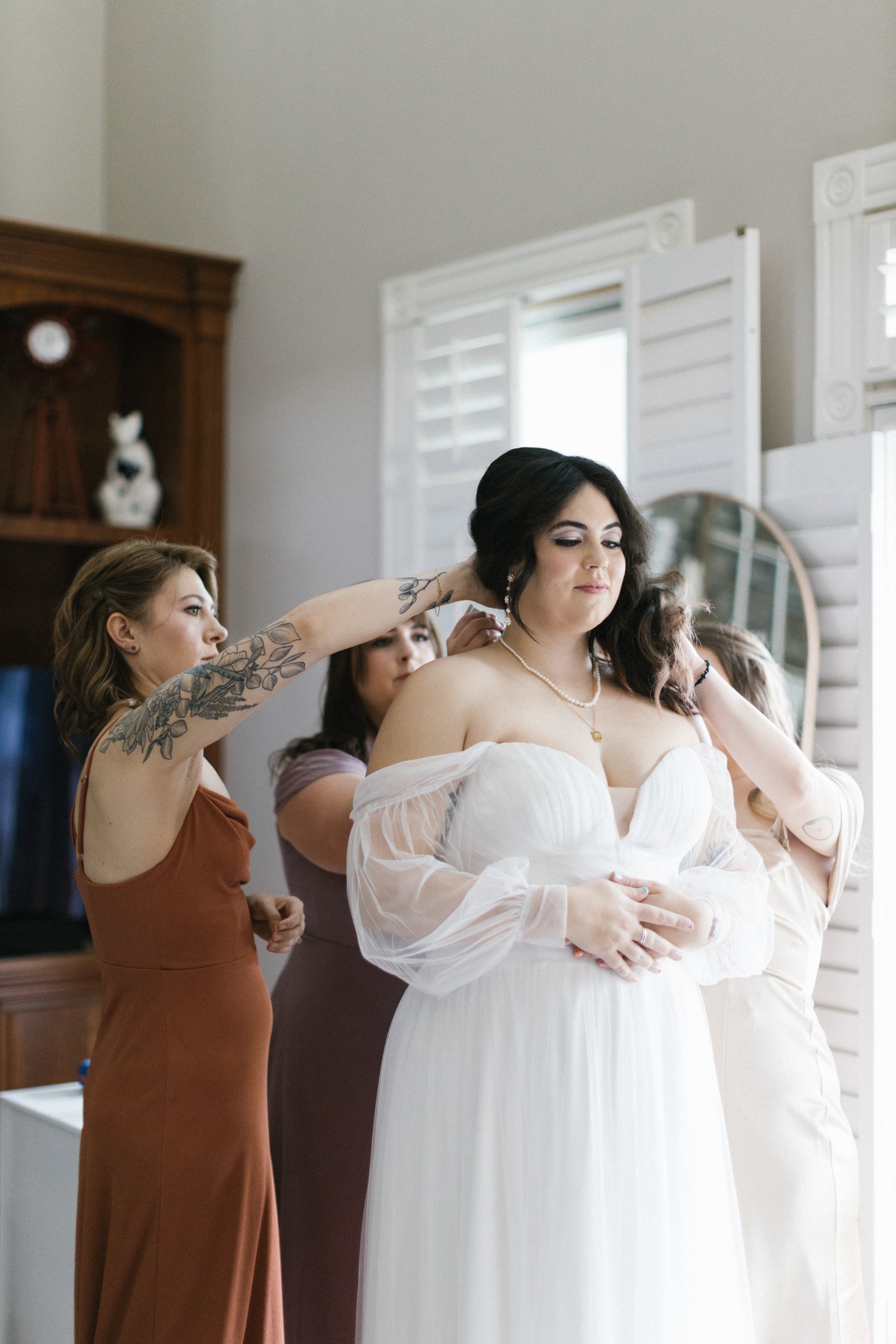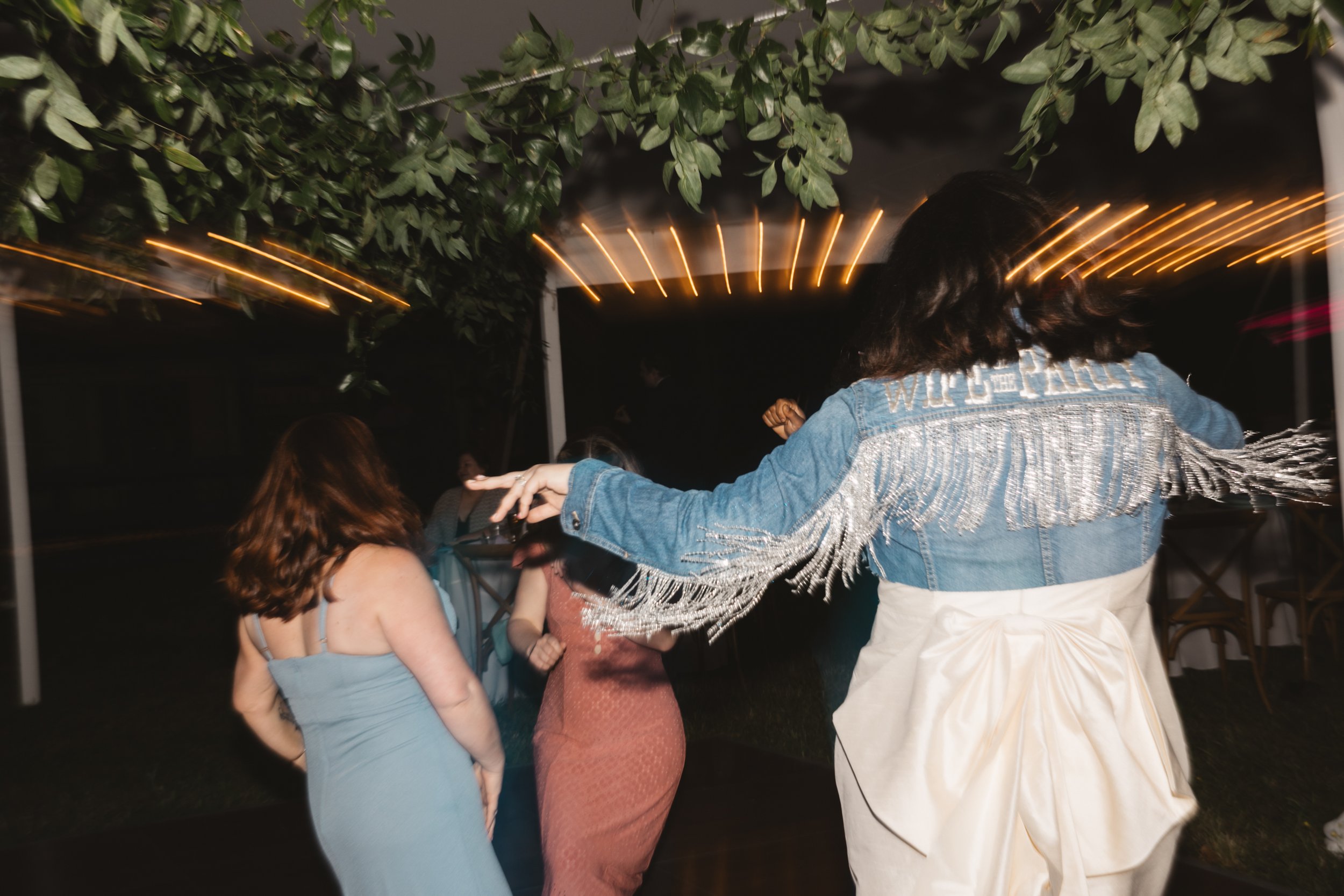When I first bought my Contax 645, it came with two lenses, the Carl Zeiss Planar T* 80mm F/2 Lens lens and the Carl Zeiss Sonnar T* 140mm F2.8 Lens. For years, the 140 mm lens just sat in my bag collecting dust. I tend to shoot wide and I find it slightly annoying to have lenses that have a longer focal length than 80 mm. However, I recently decided to challenge myself and try out the 140 mm lens! I took it with me to a few different photo shoots to really get an idea of how it handles. It’s always a little nerve-wracking to try out new gear because you just don’t know if you’re wasting your time and your expensive film! Luckily, the photos turned out amazingly beautiful and now I’m wondering why I left this lens in my bag for so long! I definitely want to take it with my on more of my future nature trips because I’m always looking for a way to capture mountains or stunning waterfalls off in the distance.
The Contax 645 is, by far, one of the nicest cameras I own. I have a full blog post about it here that features photos taken with the classic 80 mm lens that most people tend to use with this camera. The only downside with the Contax 645 is how huge and heavy it is. But every time I get a roll of film back, it’s more than worth the challenge of dragging it with me everywhere. The photos are like nothing else, in my opinion. You can also watch my YouTube video about the Contax 645 here where I take it with me on an adventure to Mount Rainier in Washington State!
REVIEW OF THE CARL ZEISS SONNAR T* 140MM F2.8 LENS
I was a little bit worried that the 140mm f/2.8 wouldn’t stand up to the 80mm lens f/2 that I’ve been used to. But I really should have known better considering the 1400mm is a Zeiss lens! Zeiss is known for creating lenses that are SUPER sharp and reliable. I had this idea that I’d get back images that just weren’t exciting, but that wasn’t the case at all. These lenses are incredibly sturdy and well-made, with high-quality optics and functionality. I was also worried that the lens just wouldn’t work, especially because it had been sitting in my bag, stagnant, for a decade. But it came back to life as if nothing had happened at all! I was still able to get that dreamy background blur and those super sharp landscape shots that I love the Contax 645 for, even dropping back from an f/2.0 aperture to an f/2.8. In general, I tend to prefer lenses with a wider aperture because I love the dreamy, surreal quality that they can create. But I was pleasantly surprised with the bokeh and background blur of this lens, likely because it does have such a long focal length and is so zoomed in naturally. I don’t typically use telephoto lenses or lenses past 100mm focal length, so it was a new experience for me. I did find myself backing up sometimes to get the images I wanted, but I’m sure that is just something I’d get used to after a while.
This lens also has a “T*” coating, which is a technology that Zeiss implemented to help reduce flare and ghosting. Personally, I don’t mind a little flare but I noticed that this lens did handle light extremely well and creates absolutely beautiful portraits. The Contax 645, in general, is an incredible camera, especially if you’re looking to create stunning, fine art portraiture. When I first started getting into photography, a few of my all-time favorite photographers used the Contax 645. I was in awe of their portraits and knew that I’d have to get one in the future. When I finally was able to purchase one, it felt like I had reached a new level as a photographer.
The autofocus is a little slow with this lens, but when I’m using this camera I’m typically working slower anyway, making sure I don’t waste a single frame. If you’re trying to shoot extremely quickly, I wouldn’t recommend a camera like the Contax 645 anyway. It’s really meant for slow, precise photography and not sports or fast motion.
Overall, I love that this lens didn’t disappoint me at all, and in fact, surprised me with how much I loved the images! I had convinced myself that there was no way this old, unused lens would be able to create beautiful photographs, but it definitely did. I’ve included a bunch of sample images below that I’ve taken with it over the last few months so you can decide for yourself!
WHERE TO BUY THE CARL ZEISS SONNAR T* 140MM LENS
The Contax 645 is expensive, but it’s also highly desired. If you’re on the hunt for one, here are a few places you might be able to find one!
WHERE TO BUY THE CONTAX 645
KEH Camera (not always in stock, but you can keep checking back!)
(By using the affiliate links and/or codes in this blog post it supports Myles Katherine Photography. We may get a small kick back by you doing so.)
For these images, I used Cinestill 400D 120 film and Kodak Portra 400. You can check out more of my 120 film recommendations on my blog here - The Best 120 Film Stocks and Where to Buy Them.
If you found this post helpful or inspiring, I’d love it if you considered signing up for my Patreon! For as little as $1 a month, you’ll get early access to all of my YouTube videos, plus tons of photos that I don’t post anywhere else. Depending on which tier you choose, you could also receive seasonal prints and/or discounts! I always use all of the proceeds towards cameras, film & processing.
If you have any questions, I’m always happy to help! You can contact me here, or leave a comment below! Thanks so much for stopping by! You can also check out my B&H Photo storefront & Amazon Storefront for more camera/film recommendations. :) Have a magical day!
<3 Myles Katherine




































































































